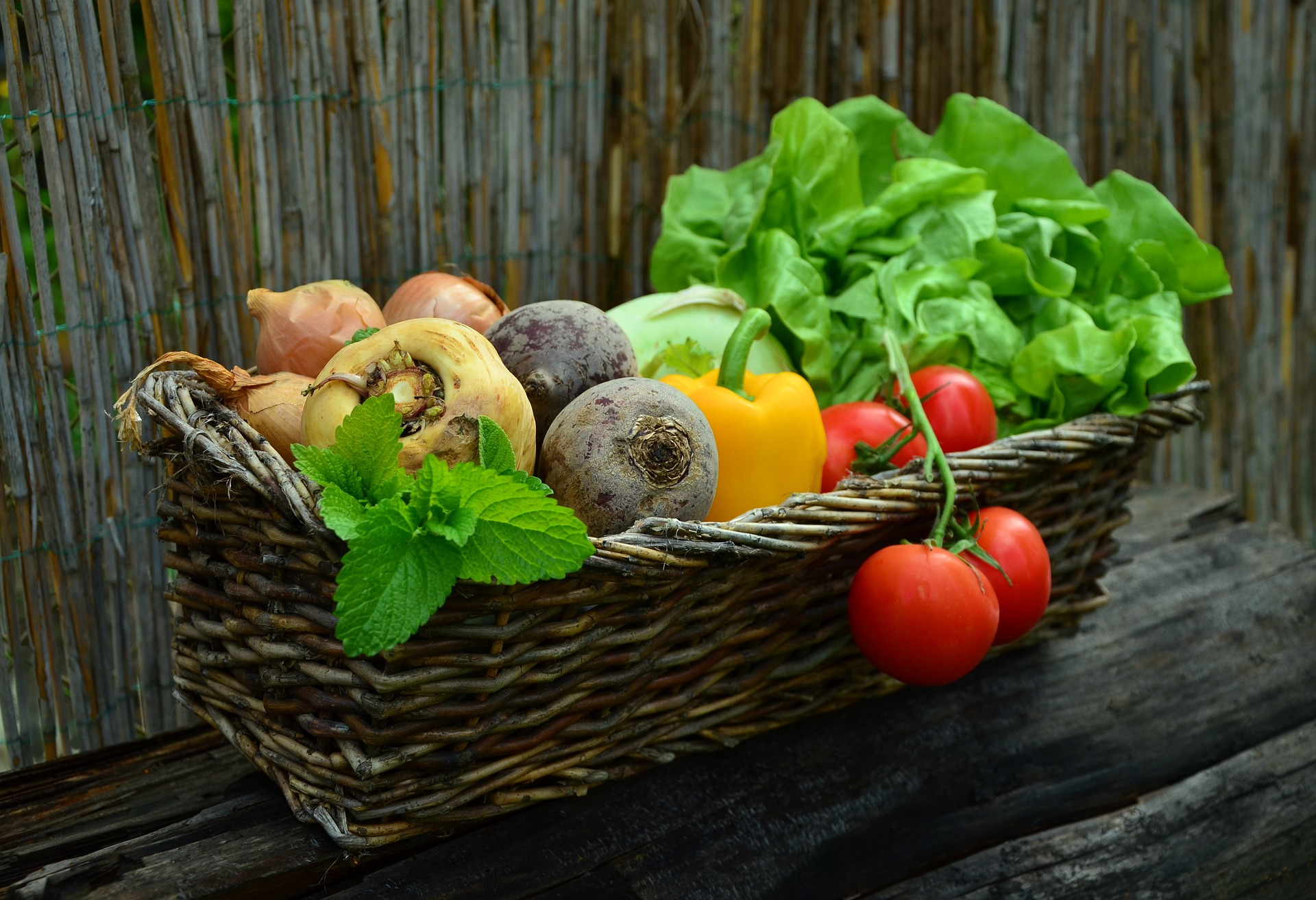
| Cookie | Duration | Description |
|---|---|---|
| cookielawinfo-checkbox-analytics | 11 months | This cookie is set by GDPR Cookie Consent plugin. The cookie is used to store the user consent for the cookies in the category "Analytics". |
| cookielawinfo-checkbox-functional | 11 months | The cookie is set by GDPR cookie consent to record the user consent for the cookies in the category "Functional". |
| cookielawinfo-checkbox-necessary | 11 months | This cookie is set by GDPR Cookie Consent plugin. The cookies is used to store the user consent for the cookies in the category "Necessary". |
| cookielawinfo-checkbox-others | 11 months | This cookie is set by GDPR Cookie Consent plugin. The cookie is used to store the user consent for the cookies in the category "Other. |
| cookielawinfo-checkbox-performance | 11 months | This cookie is set by GDPR Cookie Consent plugin. The cookie is used to store the user consent for the cookies in the category "Performance". |
| viewed_cookie_policy | 11 months | The cookie is set by the GDPR Cookie Consent plugin and is used to store whether or not user has consented to the use of cookies. It does not store any personal data. |

Cairnhill Community Allotments Now Open in Chapelton
This August, thanks to the hard work and enthusiasm of the Cairnhill committee, Cairnhill Allotments are finally open to the people of Chapelton, helping further strengthen the already thriving community spirit. With all of the plots now taken, residents have the chance to get green fingered and grow their own fresh fruit, vegetables and herbs.
To help those starting out with new plots, we have pulled together some top tips below on how to help crops flourish. Whether you have a plot at an allotment, or just some space in your garden, anyone can try these top tips – why not see what you can grow?
Start Small
While it is not difficult to look after an allotment plot, there is still a level of maintenance to carry out so it’s a good idea to start with a smaller plot or vegetable garden and then build up after you are comfortable with the jobs you need to do.
This way you it is easier to look after your crops and you won’t get overwhelmed with a huge plot that needs lots of looking after.
Foundations are Key
Like any project, to get the best results you need to have strong foundations so take some time making sure your plot is perfect before getting to work.
Before you start planting any crops, it’s important to clear the soil so that your fruits and vegetables will have plenty of space to grow without intrusion from any pesky weeds. It’s also key to make sure your soil is healthy and rich – you can do this by doing a soil test. Soil testing kits are relatively cheap to buy and will give you a good idea of the environment you are trying to grow crops in.
Be Selective With Your Crops
While it can be tempting to want to grow everything in your new allotment plot, it pays for beginners to be selective and choose just four to five plants to grow. Each crop will need space so if you try to squeeze too many into the same bed it can create problems. Once you have harvested your first crops you can follow these with new crops to try.
Consider Timing
Think about the season you are beginning to grow your veg in. Vegetables like peppers, courgettes and aubergines are popular but only seasonal so you may be better to choose crops that grow throughout the year – especially in Scotland when the weather is so unpredictable.
A Little Often Goes a Long Way
Keep on top of your vegetable patch by watering, feeding and weeding them regularly. New plots will need to be watered frequently and depending on which crops you are growing you may have to feed them supplement fertilizers. Weed little and often and you will save yourself a huge job much further down the line.
The Cairnhill committee will be providing regular updates on what is happening over at the plots in Chapelton so keep an eye on their website for news: www.cairnhillallotments.uk .
Related Articles